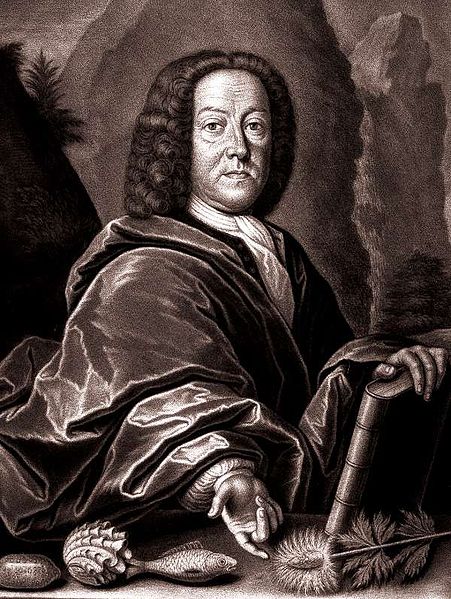As there is no dominant national language, the four main languages of French, Italian, German and Romansch form the four branches which make up a literature of Switzerland. The original Swiss Confederation, from its foundation in 1291 up to 1798, gained only a few French-speaking districts in what is now the Canton of Fribourg, and so the German language dominated. During that period the Swiss vernacular literature was in German, although in the 18th century, French became fashionable in Bern and elsewhere. At that time, Geneva and Lausanne were not yet Swiss: Geneva was an ally and Vaud a subject land. The French branch does not really begin to qualify as Swiss writing until after 1815, when the French-speaking regions gained full status as Swiss cantons. The Italian and Romansch-Ladin branches are less prominent.
Conrad Gessner.
Albrecht von Haller
Johann Jakob Scheuchzer
Gottfried Keller
The four national languages of Switzerland are German, French, Italian, and Romansh. German, French, and Italian maintain equal status as official languages at the national level within the Federal Administration of the Swiss Confederation, while Romansh is used in dealings with people who speak it. Latin is occasionally used in some formal contexts, particularly to denote the country.
Geography of languages in Switzerland in the early 20th century. Page from a school atlas, in the Jewish Museum of Switzerland's collection.
A Swiss five-franc coin with the Latin inscription Confoederatio Helvetica.
The Federal Palace of Switzerland, with the Latin inscription Curia Confoederationis Helveticae.







